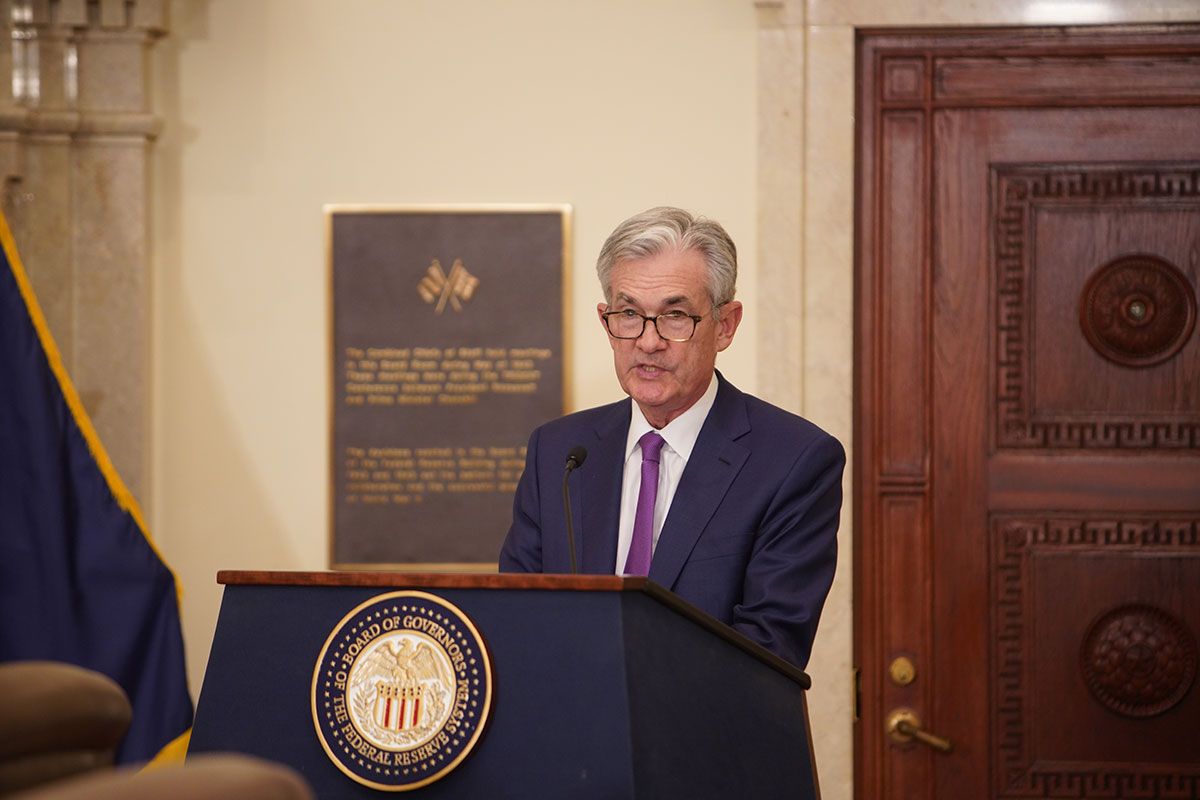BREAKINGVIEWS-AI productivity delay is just history repeating

By Robert Cyran
NEW YORK, Aug 22 (Reuters Breakingviews) - Productivity sounds simple. Squeeze more from given inputs, and the economy expands. It’s surprisingly hard, however, to predict how and when new technology will in fact create wealth. Sure, the rise of artificial intelligence could augment human minds with silicon smarts, eventually transforming the economy. Yet signs of potential trouble, from Meta Platforms freezing hiring to surveys finding little payoff for AI investments, might also indicate a surprising bust. Previous tech revolutions prove, frustratingly, that the answer will take years to become clear.
There are three big reasons that even obviously consequential changes only show up in the statistics after a long delay. First, people and organizations simply take time to learn how to use new tech. Take electricity. By 1890, there were 15 makers of U.S. motors running on electrons, according to historian Vaclav Smil. Despite clear efficiency advantages over steam power, it took manufacturers another decade to realize that old factory designs were stymying this benefit. The key breakthrough was that, instead of distributing power from one central turbine – which was expensive and prone to breaking – each machine could have its own cheap motor.
Then there’s the problem of measurement. Computers spread rapidly throughout the 1970s and 1980s. Yet despite big investments, productivity growth slowed compared to the go-go 1960s. As economist Robert Solow quipped, you could “see the computer age everywhere, except in the productivity statistics.”
The issue was not so much the computers, but that they were primarily used in offices. White-collar productivity, or even output, is hard to measure. In manufacturing, computer-assisted automation’s improvements to the quality of complex goods is also extremely hard to gauge in big-picture economic data. The lifespan of a typical car increased 50% between 1970 and 1995, according to the Federal Highway Administration.
Finally, advances tend to be concentrated in new areas, where output is necessarily small. Just look at the industrial revolution. While reliable data is sparse, the UK population roughly tripled between 1700 and 1850. Wheat harvests kept up despite a relatively small increase in farmed land, indicating a jump in agricultural productivity. With farmers accounting for about half the population, that might have made coal production seem like a sideshow. Yet it rose from 3 million tons to over 60 million during that period, a far larger per-capita increase. Production had started from a much lower base, but the rate of improvement in the higher-tech field was clearly much faster.
AI will suffer from all three problems. With companies still figuring out how to use an inherently unpredictable technology, teething pains might also last for longer than expected. Trying to divine its eventual economic impact right now will just produce hallucinations.
Follow Robert Cyran on Bluesky.
CONTEXT NEWS
A study by the Massachusetts Institute of Technology’s NANDA Initiative found that the “vast majority” of surveyed corporate artificial intelligence pilots have produced “no measurable” financial impact.
Sam Altman, CEO of ChatGPT developer OpenAI, said that investors are currently “overexcited” about artificial intelligence, The Verge reported on August 15.
Facebook owner Meta Platforms has frozen hiring in its AI division, the Wall Street Journal reported on August 20.







